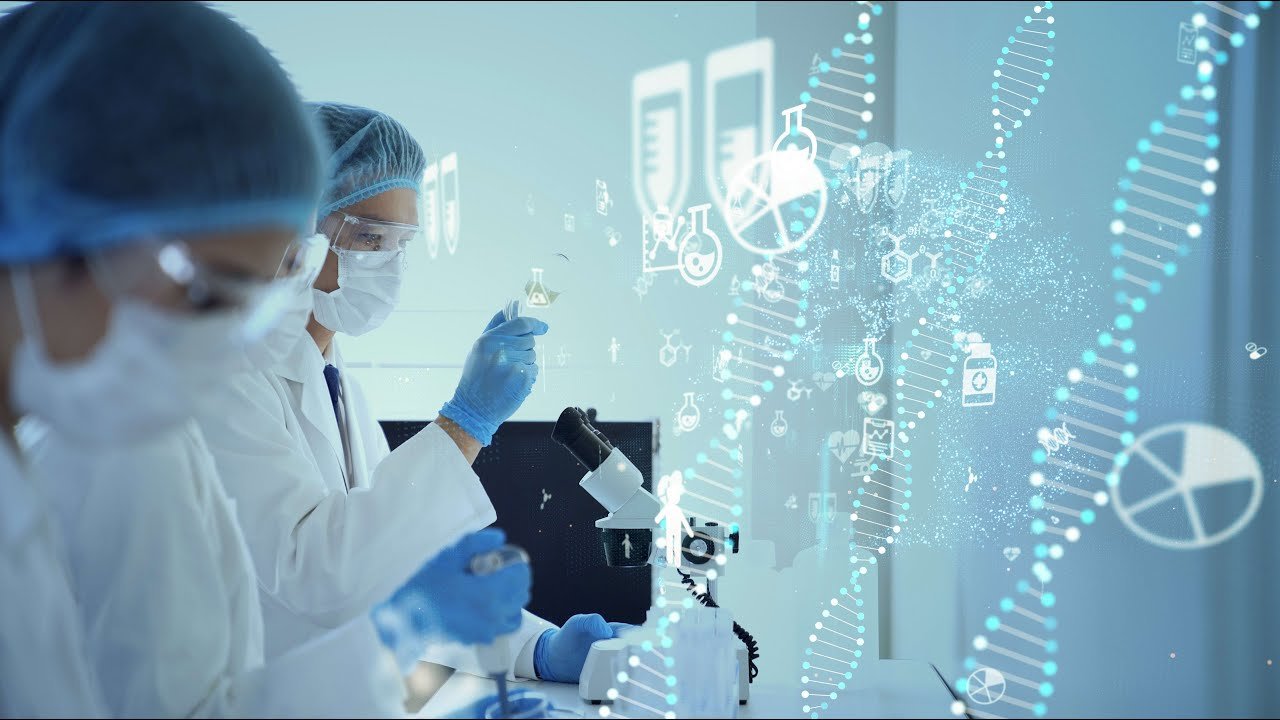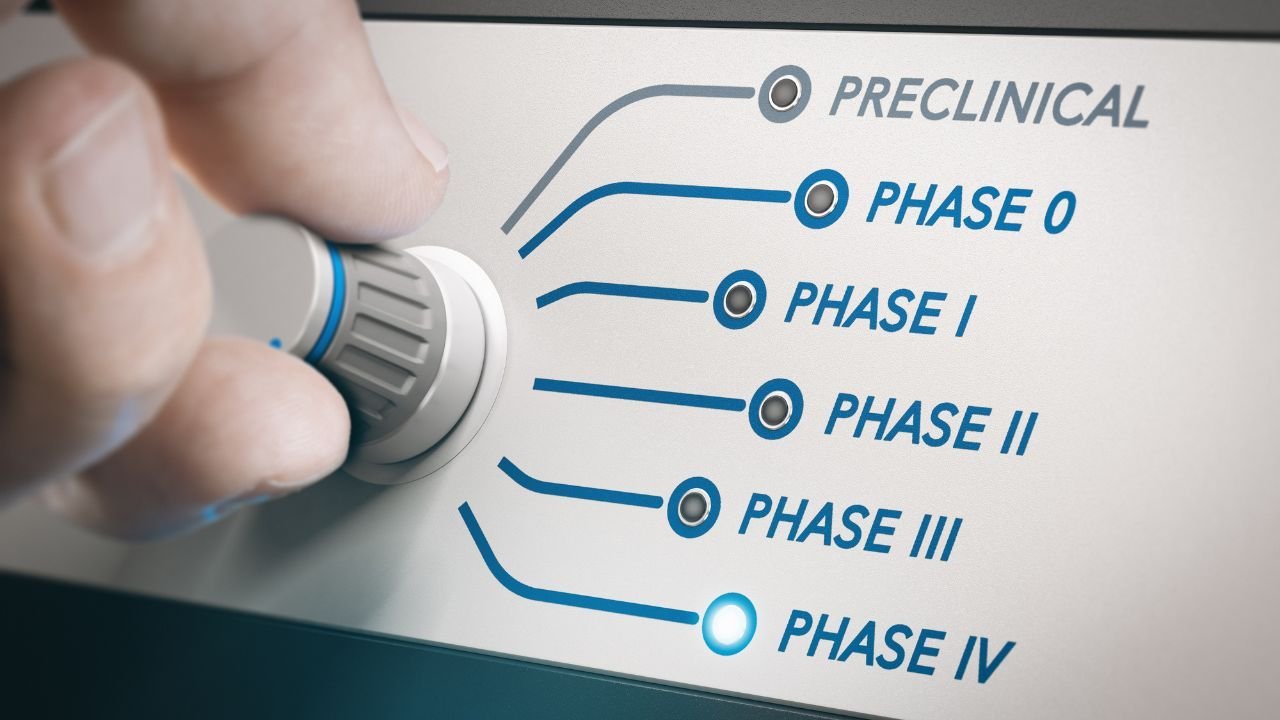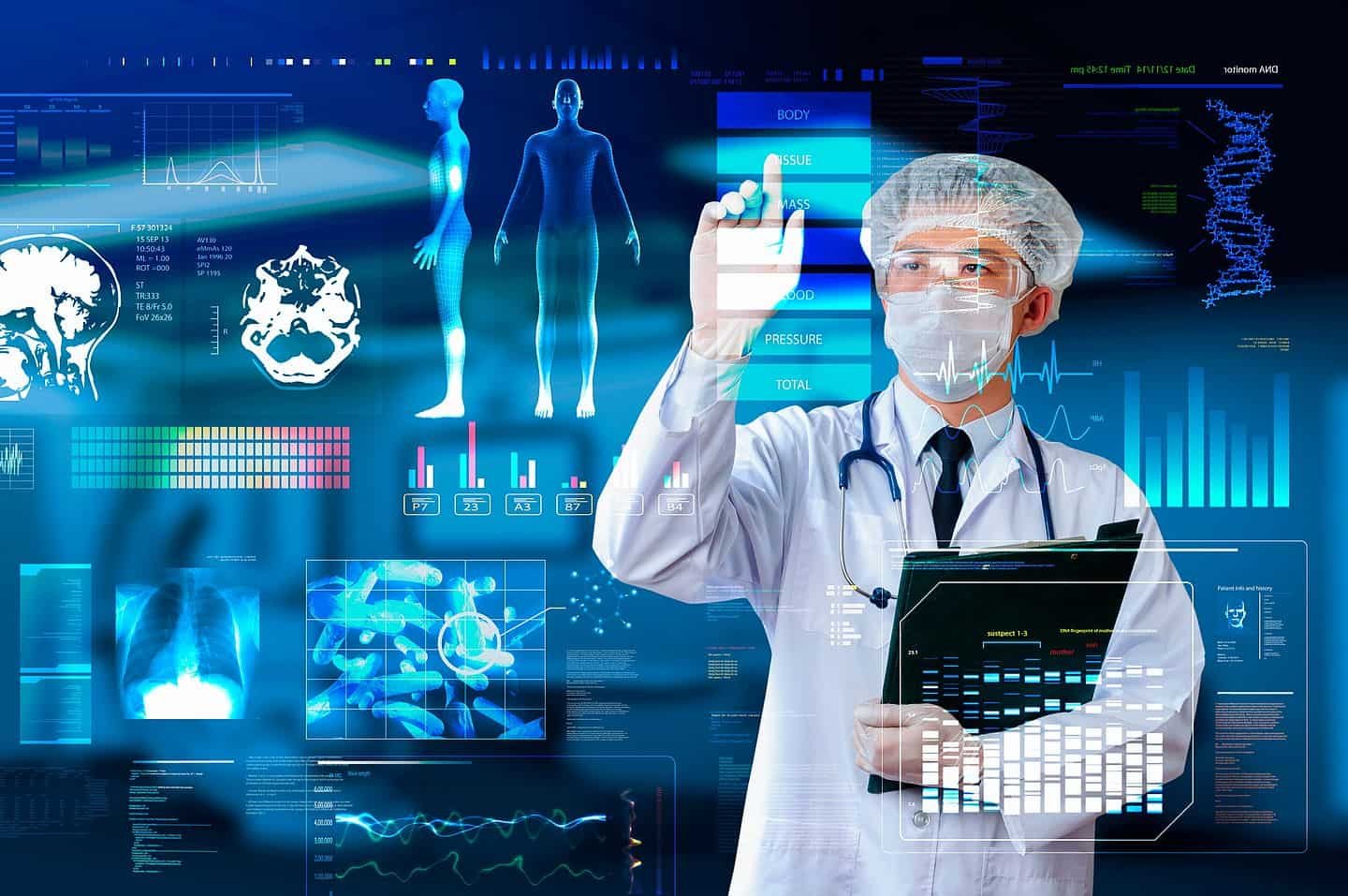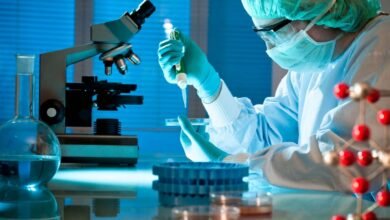Biopharmaceutical Development: Innovating Medicine

Biopharmaceutical development stands at the forefront of medical innovation, heralding a new technology of customized and targeted treatments to combat diverse sicknesses. In a comprehensive article titled Biopharmaceutical Development: Revolutionizing Medicine," the problematic system, significance, demanding situations, latest improvements, and destiny potentialities of biopharmaceuticals are elucidated.

Introduction to Biopharmaceutical Development
Unlike conventional prescription drugs, which may be synthesized from chemical substances, biopharmaceuticals are derived from living organisms through technological techniques. This includes many metamaterials and mate materials, including acids and complex molecules. This fundamental difference in their starting place and composition lays the groundwork for knowledge of biopharmaceuticals’ awesome homes and healing ability. By harnessing the herbal skills of living organisms, biopharmaceuticals offer precise possibilities for targeted and personalized treatment plans capable of coping with diverse clinical conditions. Understanding this difference is critical for appreciating the innovation and impact of biopharmaceuticals in modern-day remedies.
Importance of Biopharmaceuticals
Importantly, the item emphasizes the significance of biopharmaceuticals in addressing unmet scientific desires and revolutionizing medical treatment. PBiopharmaceuticanceremerged has emerged as indispensable gear in stopping continual illnesses and autoimmune problems and carefully providing centered restoration processes with immoderate specificity and efficacy ability to decrease damaging outcomes and improve patient outcomes and their pivotal role in modern medicine.
Process of Biopharmaceutical Development

This paragraph discusses the complete journey of biopharmaceutical development, starting from initial studies and clinical improvement stages. It emphasizes the sequential nature of those stages, highlighting the systematic development required to bring a new drug from concept to market. Research and discovery entail identifying capability drug candidates using preclinical checking to evaluate safety and efficacy in laboratory settings. Subsequently, hit candidates increase to clinical trials involving human subjects to assess effectiveness and safety profiles. This system underscores the rigorous and controlled path to improvement, ensuring reproductive and efficacious medications are improved.
Research biopharmaceutical development’sDiscovery
The studies and disdevelopment entail thorough exploration to pinpoint promising therapeutic objectives and molecules. This stage is based on superior methodologies like genomics and proteomics, leveraging current strategies to resolve difficult organic mechanisms. Scientists delve into huge datasets to discover potential applicants who effectively deal with unmet medical desires. By harnessing genomics, researchers examine genetic information to pick out disallowed associate genes, while proteomics allows for observing protein systems and capabilities. Together, these modern tactics pressure the identity and validation of drug goals, laying the inspiration for subsequent degrees inside the drug improvement pipeline.
Preclinical

During preclinical imprint, rigorous trying is carried out to evaluate capability drug candidates’ protection, efficacy, and pharmacokinetics. This section employs an aggregate of in vitro (laboratory-based) and in vivo (animal-based) studies to assess the therapeutic potential of the compounds under investigation comprehensively. In vitro research involves trying out the drug candidates in controlled laboratory environments to apprehend their mechanisms of movement and ability toxicity. Subsequently, in vivo research is conducted in animal models to assess the compound’s protection profile, efficacy in treating hogweed conditions, and how the body methods the drug (pharmacokinetics). These preclinical assessments provide critical insights into manual decision-making concerning the advancement of drug applicants into medical trials.
Clinical Development
Clinical improvement encompasses a sequence of levels, such as Phase I and PhaseaimPhase III scientific trials, which intend to validate the safety, efficacy, and most excellent dosage of biopharmaceuticals across numerous patient populations on assessing the drug candidate’s protection and tolerability of the drug candidate in a small group of healthful volunteers. Phase II trials contain a larger cohort of pat. To evaluate the effectiveness and investigate safety. Phase III enlarges the affected person population, displays unfavorable results, and determines the most excellent dosage for massive use. Together, those scientific stages offer critical data for regulatory approval and eventual marketplace launch.
Challenges in Biopharmaceutical Development
However, amidst the promise of biopharmaceuticals lie tremendous demanding situations that warrant interest. Regulatory hurdles, characterized by complicated tactics and stringent necessities for approval, pose massive obstacles to innovation and marketplace right of entry. Moreover, the excessive fees and time constraints associated with biopharmaceutical development present bold limitations, proscribing affordability and hindering substantial adoption. Manufacturing complexities further exacerbate the disturbed specialized, necessitating specialized strategies and infrastructure for huge-scale manufacturing.
Recent Innovations in Biopharmaceutical Development
Despite those demanding situations, the item highlights regions that propel biopharmaceutical development forward. Gene editing technologies, exemplified via CRISPR/Cas9, offer unheard-of precision in modifying genetic material, unlocking new avenues for targeted treatmenHeraldednoclonal antibodies, heralded as sport-chang monoclonal antibodies er in scientific treatment, showcase incredible efficacy in focused on precise antigens, paving the way for novel healing modalities.
Future Trends in Biopharmaceutical Development

I was looking closer towards the future. The object explores rising tendencies that maintain promise for employing pharmaceutical development. Personautilizinginal drugs fueled by improvements in genomics and biomarker discovery herald a paradigm shift toward tailored treatments tailor-made to characterize patient profiles. Bioprinting technologies, able to fabricate complex tissues and organs for transplantation and drug trying out, provide tantalizing potentialities for regenerative medicine and tissue engineering.
Conclusion
In conclusion, the object emphasizes the transformative position of biopharmaceutical improvement in healthcare, offering focused treatment plans with stepped-forward efficacy and protection. Despite ongoing demanding situations, the latest innovations and future trends maintain the promise of reshaping the scientific panorama. This evolution heralds a new era of personalized medicine and personalized healthcare, in which treatments are tailor-made to male or female patients’ desires by leveraging current technologies and clinical ADC industry continental that can noticeably improve affected person results and first-rate lifestyles.
FAQS
What is the significance of biopharmaceuticals in cutting-edge medication?
Biopharmaceuticals are crucial in addressing unmet scientific needs and revolutionizing medicine by imparting and participating in peer-reviewed processes with moderate specificity and efficacy. They are essential to treating continual ailments, autoimmune problems, and most cancers while minimizing unfavorable outcomes and the risk of affording affected characteristics.
What is the method concerned in biopharmaceutical improvement?
Biopharmaceutical development entails stages from research and discovery to preclinical and scientific development. This includes identifying capability drug candidates, accomplishing preclinical exams for safety and efficacy, and progressing through scientific trials to validate the drug's effectiveness and safety profiles.
What demanding situations are associated with biopharmaceutical development?
Regulatory hurdles, excessive higher constraints, and production complexities pose enormous demands for cortical improvement: regulatory approval approaches, sire while requirement, while production complexities necessitate specialized infrastructure and techniques.
What recent innovations are propelling biopharmaceutical improvement ahead?
Recent innovations encompass gene editing technologies like CRISPR/Cas9, which provide particular genetic manipulation for focused treatments, and monoclonal antibodies that show remarkable efficacy in targeting precise antigens, beginning avenues of formodalLeieLeing modalities.



